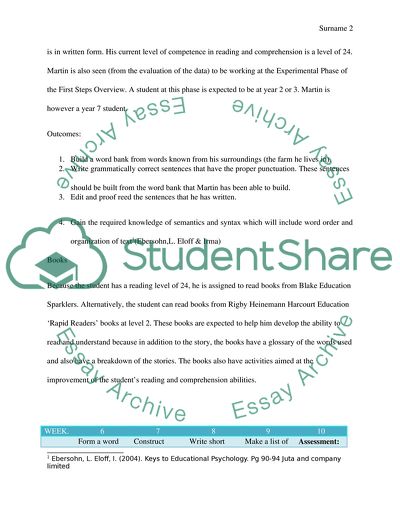Cite this document
(“Language and literacy: portrait of student readers Essay”, n.d.)
Language and literacy: portrait of student readers Essay. Retrieved from https://studentshare.org/english/1580445-language-and-literacy-portrait-of-student-readers
Language and literacy: portrait of student readers Essay. Retrieved from https://studentshare.org/english/1580445-language-and-literacy-portrait-of-student-readers
(Language and Literacy: Portrait of Student Readers Essay)
Language and Literacy: Portrait of Student Readers Essay. https://studentshare.org/english/1580445-language-and-literacy-portrait-of-student-readers.
Language and Literacy: Portrait of Student Readers Essay. https://studentshare.org/english/1580445-language-and-literacy-portrait-of-student-readers.
“Language and Literacy: Portrait of Student Readers Essay”, n.d. https://studentshare.org/english/1580445-language-and-literacy-portrait-of-student-readers.


